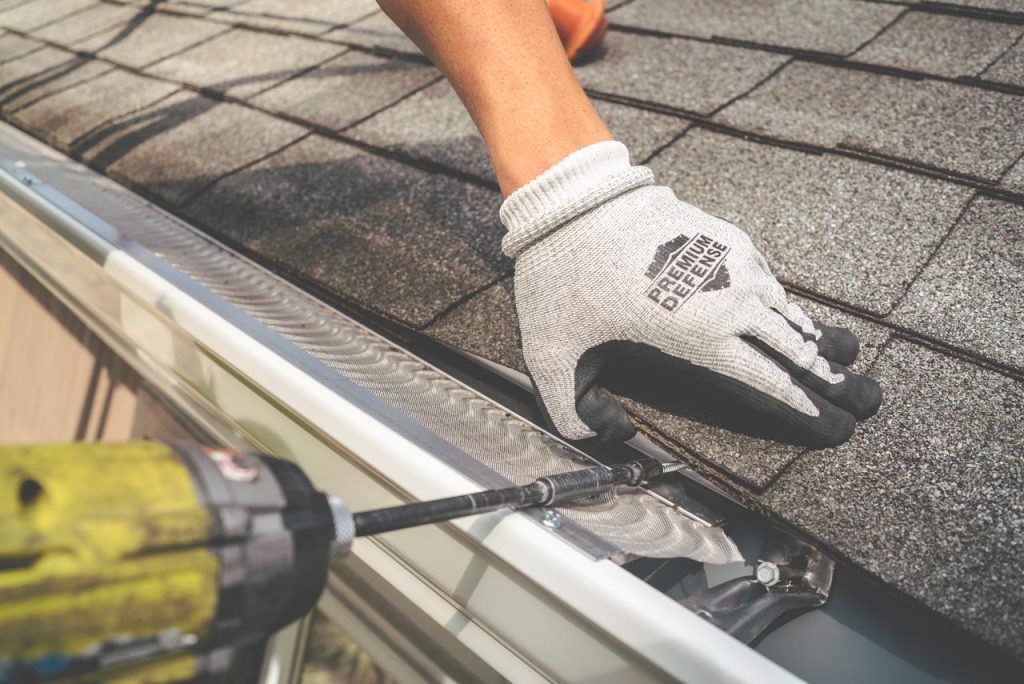Every year, natural disasters cause significant financial and emotional strain for individuals and communities across the globe. With climate change intensifying weather patterns, understanding and mitigating the risks associated with living in or purchasing property in hazard-prone areas is more relevant than ever. One tool increasingly relied upon is the natural hazard zone disclosure report. While this concept may sound technical, it’s an invaluable resource for property owners, buyers, investors, and anyone seeking clarity about environmental risks. This article explores how these reports reduce uncertainty and why their benefits are trending in the realm of data-driven decision-making.
What is a Natural Hazard Zone Disclosure Report?
A natural hazard zone disclosure report provides detailed information about a property’s exposure to environmental risks such as flooding, earthquakes, bushfires, landslides, and other region-specific threats. Compiled from authoritative data sources, this report empowers users with clear, actionable insights about what environmental challenges may exist for a particular location.
The Power of Data for Homebuyers and Investors
When making one of life’s biggest investments, knowledge is power. These reports turn complex scientific and governmental data into straightforward insights that demystify property risk. For buyers, this means they’re not walking into a purchase blind. Instead, every decision can be based on tangible data, reducing anxiety and guesswork. This clarity not only boosts confidence but often accelerates the decision-making process, helping buyers move forward without hesitation.
Property Owners Gain Real Peace of Mind
Existing property owners also benefit from regular hazard disclosures. They provide background for strategic maintenance, insurance reviews, and even future renovations. If new data reveals heightened wildfire risk, owners can adjust landscaping or update their insurance policies to stay protected. Awareness of local hazards allows owners to act proactively rather than reactively, helping preserve property value and maintain safety for everyone involved.
Enhancing Community Preparedness
A single property report may appear minor, but on a larger scale, widespread access to hazard data dramatically improves community preparedness. Residents can organize disaster-ready plans, local businesses can safeguard assets, and emergency services are better informed about where resources should be allocated first. Communities that trend toward collective data-driven awareness are safer, more resilient, and ultimately face fewer unexpected calamities.
Easier Insurance Reviews and Claims
Insurance providers increasingly use natural hazard zone data to assess risk for coverage eligibility and premium rates. Having a report on hand streamlines communication with agents and expedites the claims process if disaster strikes. By presenting accurate, up-to-date risk information, property owners can avoid unwelcome surprises and ensure their policies genuinely suit their location’s needs.
Boosting Property Value and Marketability
Transparency around natural hazards can enhance market value in surprising ways. Buyers are reassured when sellers provide comprehensive disclosure up front, creating a foundation of trust and reducing the chance of disputes post-sale. A clear report also attracts informed buyers, who appreciate having all the facts before negotiating, often resulting in smoother transactions and satisfied clients on both sides.
Supporting Cost-Effective Upgrades
Another lesser-known benefit is how these reports help direct home upgrade budgets. By pinpointing the most likely risks, property owners can focus on improvements that offer the best return in safety and resilience. Whether installing flood barriers, reinforcing foundations, or upgrading roofing materials against hail, targeted investments reduce unnecessary spending and fortify properties where it matters most.





